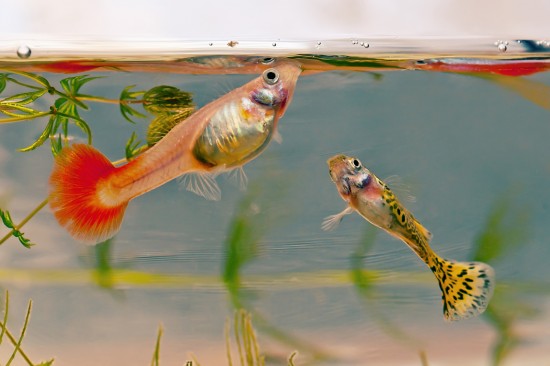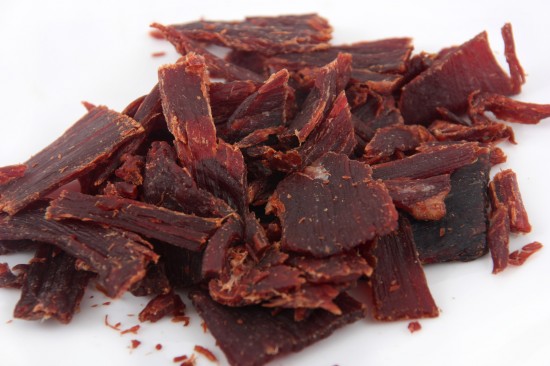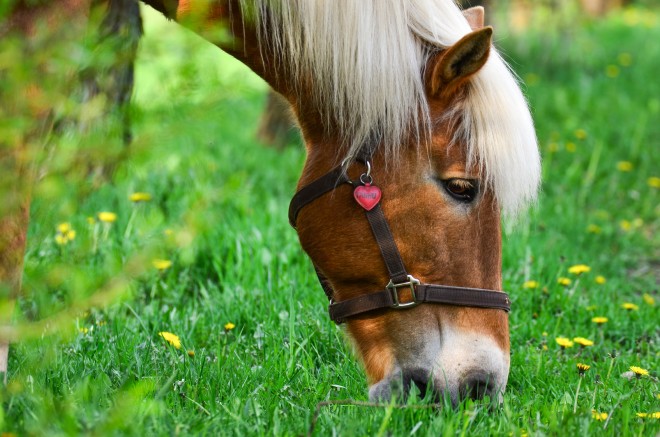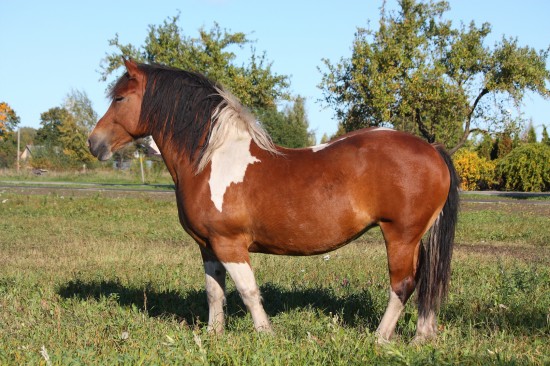

When considering getting your first fish tank, most would-be aquarium keepers are quickly attracted to the brightest, most colourful and vibrant fish, and aspire to stocking their tank with shoals of exotic and colourful sea life. However, a little investigation into the hobby soon reveals that keeping a marine fish tank, the type that almost indisputably hosts the largest, most decorative and colourful range of fish is rather complicated and time consuming, and often, not an appropriate choice for the first-time fish keeper.
That being said, a freshwater tropical fish set up can make a good compromise, and is much more straightforward to care for than a saltwater tank; and the tropical warm water fish tank is not without appeals of its own. There are many bright, active and interesting fish that can be housed in a standard tropical set up, and the initial outlay and ongoing running costs of a tropical fish tank are much lower than that of a marine set up. Information on what is required to keep tropical fish can be found in our article here, and if you have read this article and are confident that you are ready to accept the responsibility involved in keeping a tropical fish tank, you may be wondering what type of fish you will ultimately be able to house within it.
In this article we will look at the considerations to bear in mind when stocking your first tropical fish tank, and offer some suggestions of suitable beginner fish that work well with others.
Once your have got your tropical freshwater aquarium all set up and ready to receive fish, you will be able to start making your selections. Many first-time fish keepers pop along to their local pet shop or specialist aquarium retailer and make their selections from the fish that appeal to them on the day, but this is not really the best way to go about stocking your tank.
It is wise to have a good idea of what type of fish and how many of them you will be able to keep before you head for the shop, and not just rely on making snap decisions on the day or trusting any advice you might be given in store. This can only be done by researching different types of freshwater tropical fish before you leave home; but with so many different species and types available, it can be hard to know where to start!
It is wise to buy the largest possible tank that you can afford when setting up your tank, as this will give you the greatest range of potential options of what fish you can keep. In contrast to this, when you come to stock your tank, you should not simply fill it with all of the fish that will ultimately live in it right away. Start small, by introducing your first few fish and leaving them time to settle for a couple of weeks before introducing more, in order to allow the tank’s filtration systems to acclimatise to its change of usage.
How many fish you can keep in your tank depends on both the size of your tank, and the size of the fish in it. It is very easy to over-stock your tank, particularly when you see how many fish are kept per tank in aquarium retailers, but in order to keep your fish happy and healthy, you should not overcrowd your tank. You should also account for the fact that some of your fish may not be fully-grown when you buy them, and they will need room to grow! You can work out approximately how many fish your tank can hold by calculating the volume of your tank in litres, and allowing one litre of water for every 1cm of fish.
As a first-time fish keeper, you will want to choose fish that are hardy, can thrive in a range of different conditions, and that will be forgiving of any rookie mistakes that you might make along the way. Fish that are finicky eaters, particularly fragile or that need special accommodations and alterations to be made to their tank will not be a good pick.
You should also find out how hard or easy your potential fish are to care for; if they need very specific water conditions, a particular type of filtration or special feeding, this may pose complications that the first-time keeper will probably want to avoid.
Obviously it is important that the fish in your tank get on well with each other and do not fight, and that the larger fish do not eat the smaller fish! The male Siamese fighting fish is a beautiful, elegant small fish, but keeping two males in a tank will cause war to break out, and they may also attack other brightly coloured fish of other species too. The Angelfish is another unusual-looking and very attractive fish, but these too can be aggressive and will often eat smaller fish, such as tetras, and so care should be taken when considering their addition to your tank.
All of the fish below are relatively easy to care for, hardy, active and pretty, and importantly, all of them get on well in large part with all of the others as well!
Swordtails may have a fierce-sounding name due to their elongated tail fin, but they too are easygoing fish that get on well with others.
 How Safe Are The Treats You Offer Your Pet?
How Safe Are The
How Safe Are The Treats You Offer Your Pet?
How Safe Are The
 Horse Nutrition - The Basics
Horse Nutrition -
Horse Nutrition - The Basics
Horse Nutrition -
 Cruelty To Animals (dogs), Part I
I am an animal lover. I like all animals, but I mainly l
Cruelty To Animals (dogs), Part I
I am an animal lover. I like all animals, but I mainly l
 Looking After The Older Horse
Looking After The
Looking After The Older Horse
Looking After The
 Longhaired Cat Breeds - Ten Of The Most Popular
Longhaired Cat Br
Longhaired Cat Breeds - Ten Of The Most Popular
Longhaired Cat Br
Copyright © 2005-2016 Pet Information All Rights Reserved
Contact us: www162date@outlook.com